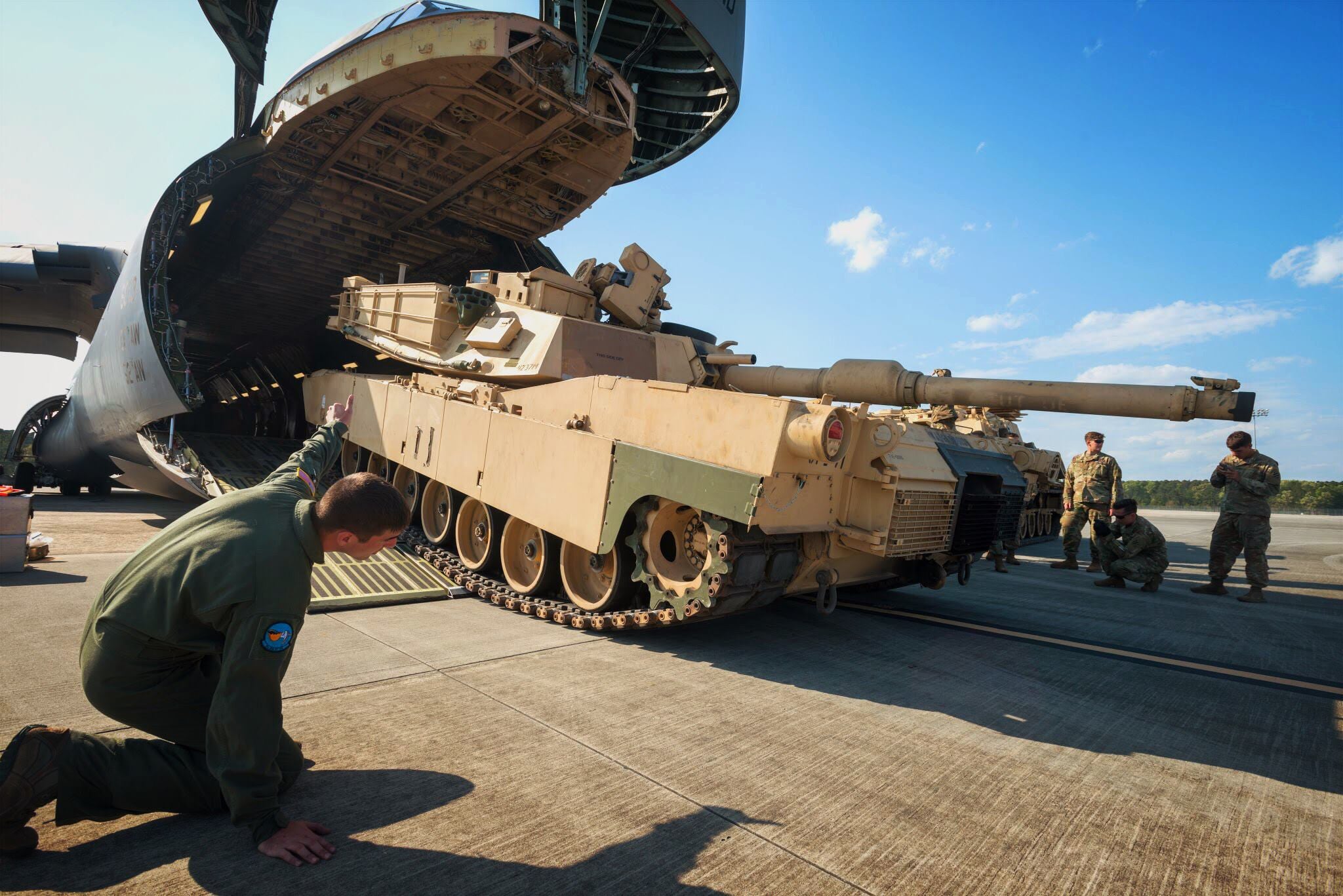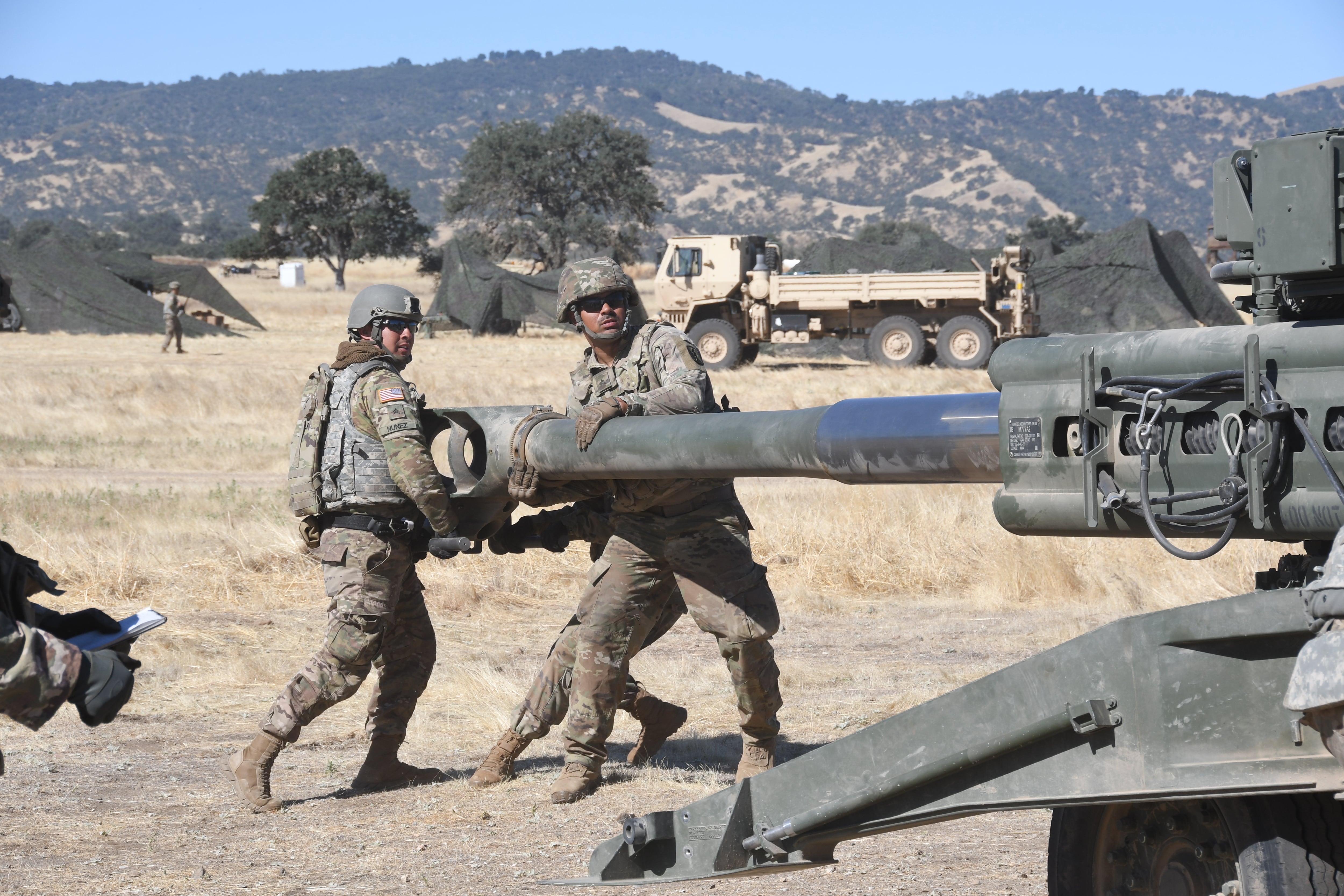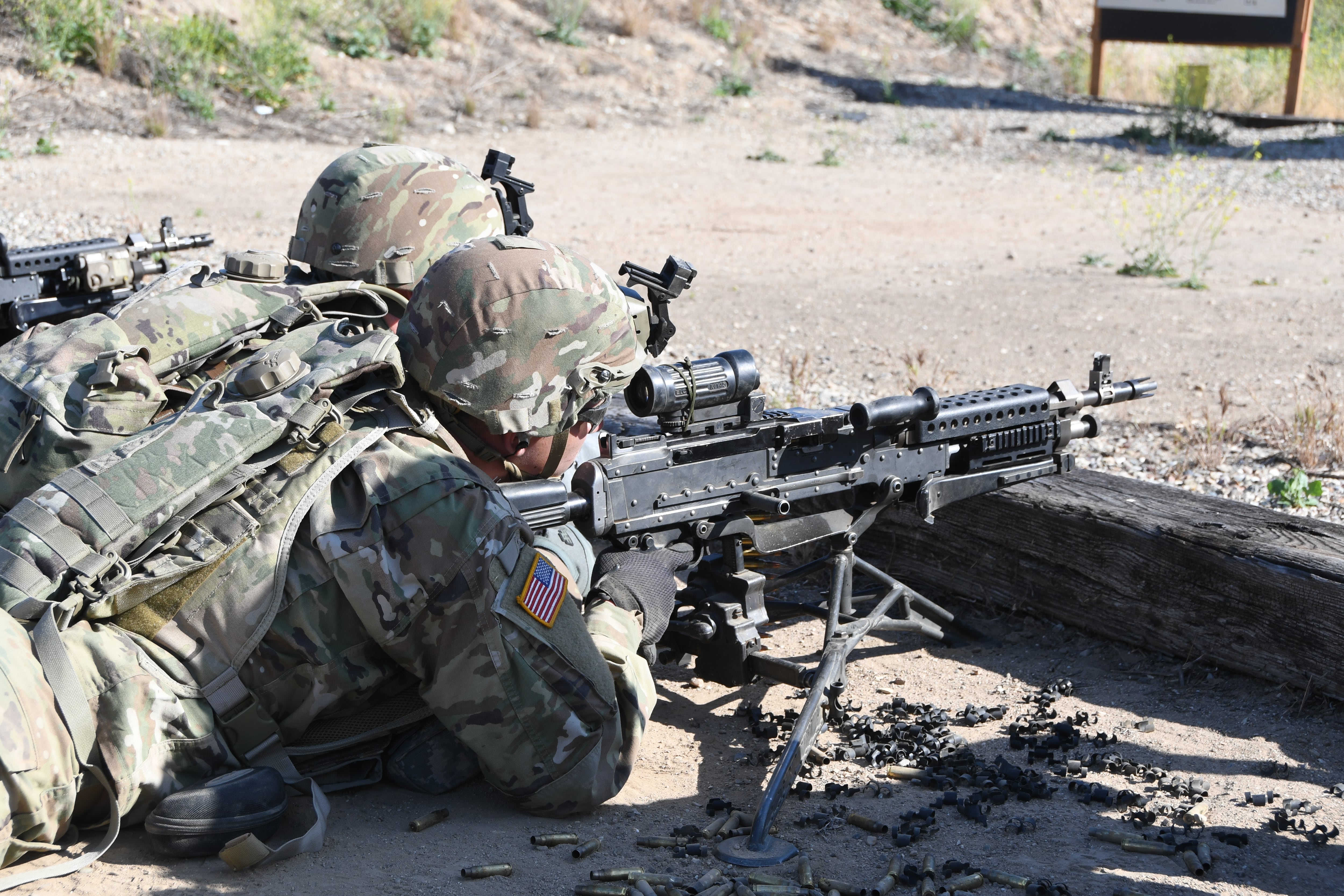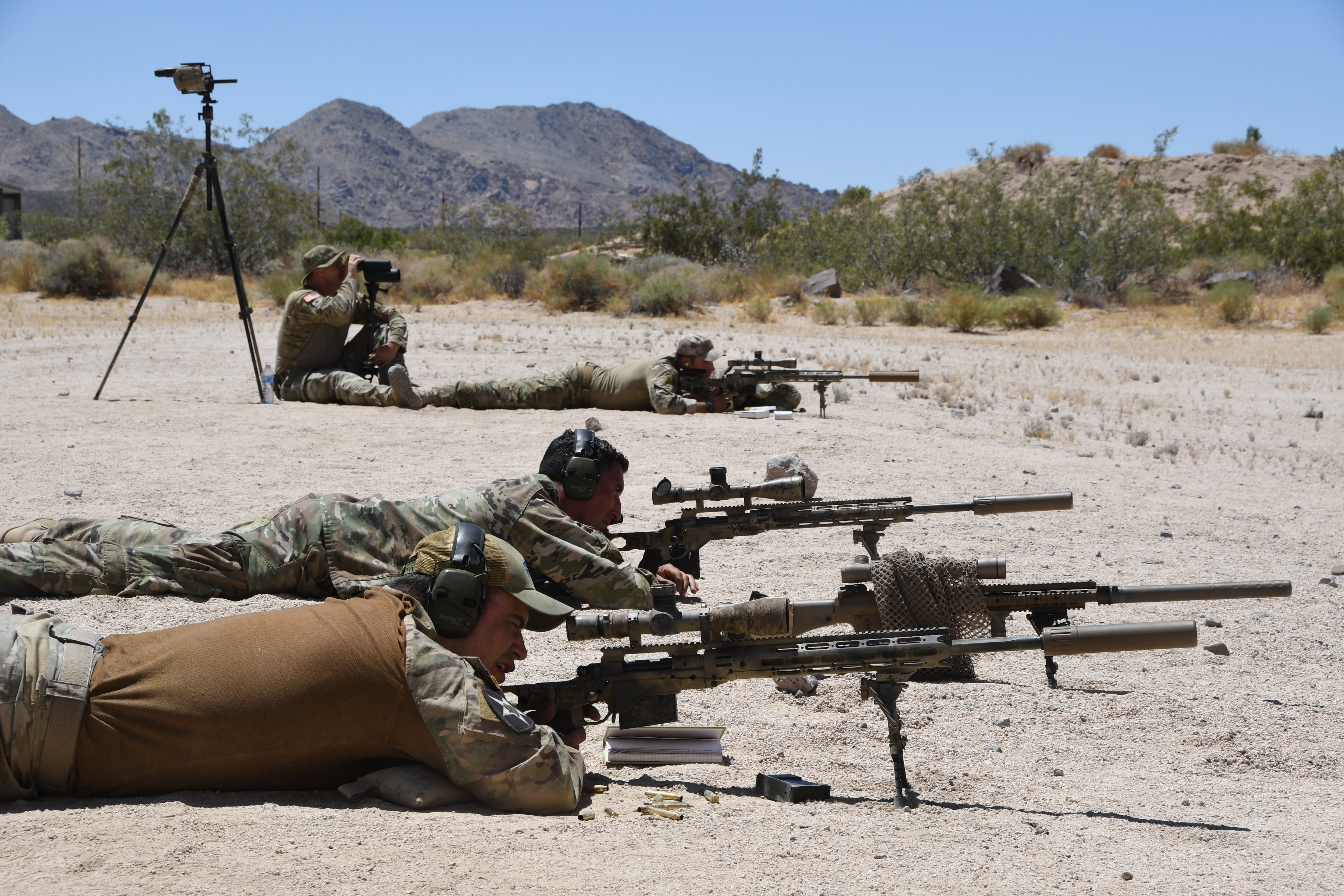After pieces of one of the largest of the California Army National Guard’s infantry brigades completed deployments spanning from Hawaii to Kosovo to Jordan, Qatar and Bahrain, they’ve recently reformed to do what they were built for — train and fight as a brigade.
The 79th IBCT concluded two weeks of annual training in June together as part of their first year of the Sustainable Readiness Model cycle that both the active and reserve Army forces have been pushed toward, despite a host of other tasks often loaded onto their calendars.
“For Annual Training 2019, my intent was the reintegration and synchronization of the Brigade and all six of our battalions,” 79th IBCT commander Col. Richard Mifsud said in a recent Army release. “I knew the battalions and the Brigade headquarters were going to be rusty in working with each other.”
RELATED

But, Mifsud said, the training let the unit “work the bugs out,” field a tactical operations center and do training as low as the squad level.
That training included everything from shooting pistols and stretching concertina wire to running howitzers and shoulder-fired missiles.
Those soldiers are part of a large effort that’s been pushed for at least the past two years to add training days and combat center rotations to put Guard BCTs on par with some of their active-duty counterparts.

Then-Lt. Gen. Joseph Anderson, deputy chief of staff of operations, sent a written statement to the House Armed Services Committee seeking more funds for more training, Army Times reported. At the time only about a third of the total Army’s BCTs and a quarter of its combat aviation brigades would be ready to deploy if needed.
That’s shifted to 31 BCTs that are combat ready, according to outgoing Army Chief of Staff Gen. Mark Milley.
That’s close to the goal he set two years ago to have two thirds of all active BCTs ready and at least one third of all Guard and Reserve BCTs at deployable readiness levels.
In some cases, the SRM plan called for an added 60 days of training. But that would be spread over a four-year cycle.

The 79th IBCT just entered year one of its five-year SRM cycle, according to the release.
The sustainable readiness model for certain units has 39 days in the first year, 48 days in the second year, 60 days in the third year and 51 days in the fourth year, Gen. Joseph Lengyel said at the time of the SRM announcement.
That ramped up not only training days but also combat training center rotations. Starting in 2018 the CTCs saw four Guard brigades instead of two. Last year seven brigades conducted warfighter staff exercises. And the new calendar calls for at least a brigade a year at the CTCs.

Mifsud has spent much of his career with the brigade, but just took command in January, following a 2018 deployment with the brigade headquarters to Kosovo.
The unit won’t turn down any mission, from the one he just returned to or helping with California wildfires. But there is a larger Army priority he’s trying to meet.
“This last round of deployments pulled us apart, and now we’re pushing it all back together again,” he said. “My vision is that we come back together as a whole, be first in readiness, and be the best we can be.”
Todd South has written about crime, courts, government and the military for multiple publications since 2004 and was named a 2014 Pulitzer finalist for a co-written project on witness intimidation. Todd is a Marine veteran of the Iraq War.





